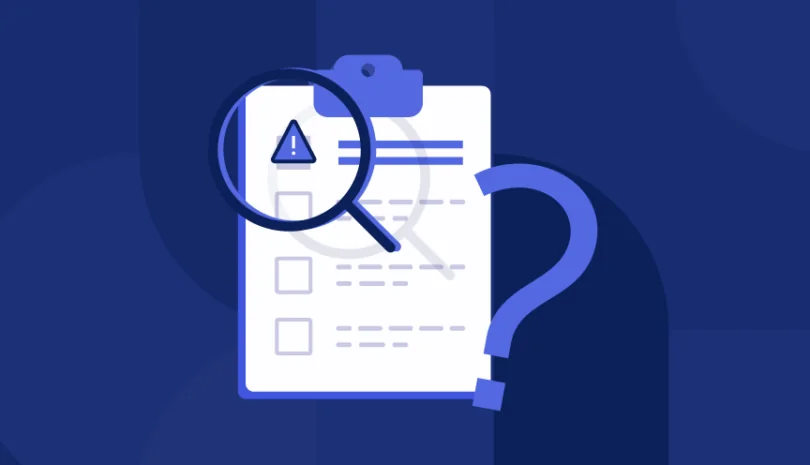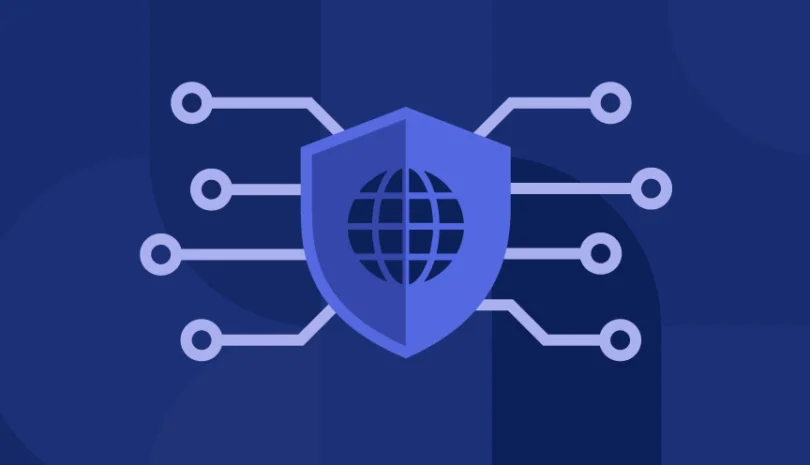Cybersecurity risk management identifies an organization’s potential vulnerabilities and implements a system to detect, deflect, isolate and analyze threats. It’s like setting up a high-security door that prevents unauthorized access to company networks, accounts, servers and web-based assets.
Third-party vendor cybersecurity risk management specifically focuses on the management of risks involved in doing business with other companies and contractors. Third-party vendors include:
- Cloud-hosting providers (such as Amazon AWS)
- Cloud-based software providers (for example, Adobe)
- Business partners
- Suppliers
- Agencies
- Contractors
- Tax professionals (including DIY software)
- Accountants
- CRM and email list service providers
- And anyone else your organization contracts for services
Although this process takes time, it’s critical to perform a vendor risk assessment before doing business with a third party.
Who Needs Third-Party Vendor Cybersecurity Risk Management?
Any organization that conducts online business with other organizations or contractors should be managing third-party cybersecurity risks. The only exception would be if your third-party vendor never gains access to your firm’s information, data or accounts.
However, in this day and age, this is almost unheard of. For example, if you so much as include your taxpayer ID number and address on an invoice to your vendor, this is considered sensitive data that needs to be properly protected.
It is not so far fetched to imagine a scenario in which an outside party gets hold of your information and files a fraudulent tax return in your company’s name. Even more concerning is that you may not even be aware it happened until you get audited.
Small Businesses Need Third-Party Vendor Cybersecurity Risk Management
Cybersecurity risk management is crucial in every industry, yet some small business owners don’t believe they’re actually at risk. Statistics tell a different story. No business is immune to cybercrime.
According to the Verizon Business 2020 Data Breach Investigations Report, small firms were the target of 28% of all data breaches in 2020. However, since not all cyberattacks involve a data breach, the percentage of small businesses that fall victim to cybercrime may be considerably higher.
When you include cyberattacks that don’t involve a data breach, such as malware, phishing and ransomware attacks, it turns out that most small companies have been subjected to some kind of attempted attack.
What Are the Consequences of Ignoring Third-Party Vendor Security?
Using third-party vendors is always risky, but most threats can be minimized. Unfortunately, some business owners contend that third-party security management is unnecessary and costly, and opt to ignore vendor security altogether.
The truth is, your business can’t afford to neglect managing third-party vendor security. One data breach can cost an enterprise an average of nearly $4 million. That loss is high enough to put some firms out of business.
Ignoring the need to mitigate and monitor risks can also lead to severe damage to your organization. You could suffer the following consequences:
- A damaged reputation
- Angry customers
- Hefty regulatory fines for breaking regulations like GDPR, HIPAA and CCPA
- Unrecoverable data
- And more
What Hackers Do With Stolen Data
There are several ways a hacker can potentially destroy your organization. He might steal your personal data from vendors and use it for identity theft.
Alternatively, if your vendor had access to your business accounts, those credentials can be stolen. Worse, if you give a vendor access to customer data, that data could be stolen and used for identity theft.
When you’re bound by strict data privacy regulations, you can’t skimp on third-party security.
Data breaches are bad news for any organization, but when you’re required to adhere to strict regulations, the consequences are even worse. For instance, chiropractors are bound by HIPAA regulations and often use a third-party software vendor to book appointments.
Under U.S. law, even appointment dates and times are regarded as protected health information (PHI). If a chiropractor’s third-party appointment software gets hacked and the data is not fully encrypted, the practitioner could incur hefty fines for violating HIPAA.
Why Are Cybersecurity Breaches So Damaging?
Many small businesses never recover from a cyberattack. Even after recovering lost data, the cost of recovery and regulatory fines is too high for many organizations. The lawsuits and fines can force the operation to file for bankruptcy.
Why Are Cybersecurity Breaches So Common?
You might presume a cybercriminal must be a genius with an astronomical IQ. Otherwise, how would he be able to get into databases and web servers without ever knowing the passwords? Surely it’s not something anyone can do?
Hollywood movies may have encouraged the average person to picture cybercriminals huddling around a computer in a dark basement using advanced software to hack their way into company accounts. However, in reality, more than 90% of all cyberattacks are caused by human error. It’s unfortunate, but oversights and laziness open the door for the majority of cyberattacks.
Software will always have vulnerabilities. When discovered, developers generally fix the problem and release a patch to fix the vulnerabilities. However, it’s up to organizations to actually install the patch. Otherwise, their operation remains vulnerable.
Cybercriminals find vulnerable openings through a master list of soft spots among every piece of common software imaginable. The Common Vulnerabilities and Exposures program has been documenting these software and firmware vulnerabilities since 1999.
Normally, businesses use this list to improve security. However, hackers also use this information to launch attacks.
Although the majority of software developers release patches for their vulnerabilities, hackers know most people don’t apply available patches, making it worthwhile for the hackers to execute their attacks.
Managing Third-Party Vendor Security Requires Using Automated Threat Detection
It’s nearly impossible to control all cybersecurity risks manually. There are far too many points of potential vulnerability for anyone to evaluate tens, hundreds or even thousands of third-party vendors manually. To assess a third-party vendor thoroughly, you should conduct an analysis that will tell you whether that vendor:
- Adheres to regulatory requirements
- Has a strong security rating
- Maintains a reputation for keeping data secure
Panorays Third-Party Vendor Security Management Is the Solution
If you want to simplify and speed up your third-party security risk evaluation process of vetting vendor security, Panorays can help. We combine automated, dynamic security questionnaires with external attack surface assessments and business context to provide organizations with a rapid, accurate view of their supplier. That way, you can quickly determine if you want to do business with a vendor or not.
Panorays continuously monitors and evaluates your suppliers and sends live alerts about any security changes or breaches to your third parties. Schedule a demo to see first-hand how Panorays can help you select secure third-party vendors who take your cybersecurity seriously.




